Ever heard the term “Graphic Medicine”? If you haven’t, here’s a quick history – Graphic Medicine is a term coined by cartoonist/doctor Ian Williams in 2007. Cartoonist/nurse MK Czerwiec, who goes by the name Comic Nurse, defines it as “…the intersection of the medium of comics and the discourse of healthcare.” in The Graphic Medicine Manifesto. This is a fantastic description because it means that any comics about our bodies, minds, and spirits can fall under the moniker of Graphic Medicine, if it contributes to conversations about health.
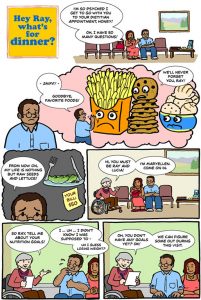
People in medicine and the medical humanities are (finally) becoming aware of the kick-ass and unique ways in which comics transmits story, complex information, emotional states, and more, not only through words, but through pictures. (Yes, I can sense you taking a moment here for eye-rolling and exclamations of “Duh!”)
Comics can be warm and comforting to patients deluged by medical information when their health is at risk. Institutions like Massachusetts General Hospital are taking advantage of cartoonists like Cathy Leamy’s friendly and gentle drawing style to educate patients about newly diagnosed illnesses.
Medical students can study pathophysiology with the “Entertaining, Effective, and University Approved” comics from Jorge Muni’s site Medcomic.com.
Medical humanities programs use graphic medicine in their classes to explore the complexities of living with illness, communicating with patients, and death and dying. Students learn about the patient’s experience, the points of view of family members and caregivers, prejudices against illness, and more. There is so much interest in these programs that the National Library of Medicine has a link for sample syllabi in their online Graphic Medicine Exhibition curated by cartoonist Ellen Forney.
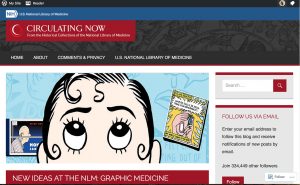
Comics makers have a unique ability to create work about your experiences with different states of physical and mental health. Some cartoonists are doctors, nurses, or even massage therapists (like me!). We have a slight edge over others when it comes to making comics about our areas of expertise, but when it comes to communicating your experience of health or illness, you are the expert!
Sometimes we know exactly what we want to say and how to make the comics that say it. Sometimes we have to write or draw our experiences in order to put our life in perspective. Getting a confusing, overwhelming, or inspiring experience out of one’s head and into comics form brings self-knowledge, understanding, and a little more calm in the exploration of dangerous territory (e.g. pain, trauma, depression, etc.).
Manipulating experiences and ideas about our bodies, minds, and spirits can help us create meaning. Medical students are taught how to write and draw graphic medicine/comics of their experiences to help make them better doctors. I think the benefit is double for the comics community. Making graphic medicine can help us cope, which helps reduce stress levels, which makes us healthier and arguably, better cartoonists!
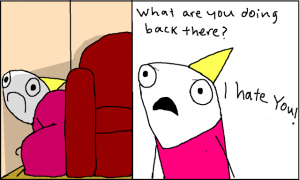
Reading the comics of others who have gone through similar experiences can be informative and comforting. Brian Fies wrote Mom’s Cancer to build a community by sharing his experiences and resources. Allie Brosh’s “Adventures in Depression” on her blog Hyperbole and a Half “…hit(s) that balance between deeply uncomfortable and hilarious.” According to one of the enthusiastic comments on her site. (It really does!) Part memoir, part medical cautionary tale, Georgia Webber’s Dumb tells the story of how she copes with the pain, frustration, and everyday challenges that come with voicelessness. These comics share experience, resources, and let us know that we are not alone in our suffering.
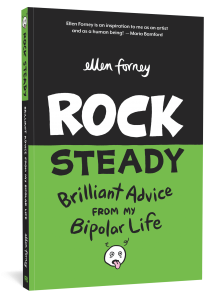
Sometimes we don’t want to read about someone else’s experiences. We just want help with our problem — now! Cartoonists are also working in the area of self-care. Kim Chanoler (text) and Nick Bertozzi (illustration) collaborated on Diabetes and Me: An Essential Guide for Kids and Parents, which is exactly what it is! Ellen Forney has a new book out – Rock Steady: Brilliant Advice From My Bipolar Life. A natural extension of her memoir Marbles, Mania, Depression, Michelangelo, and Me. Rock Steady is combination memoir and self-help manual, providing useful techniques and advice for getting stable with bipolar disorder. And don’t forget Draw Stronger: Self-Care for Cartoonists & Visual Artists! A comprehensive self-care guide to preventing art related repetitive stress injuries. (C’mon! Did you honestly think I wouldn’t plug my own book? You know me better than that!)
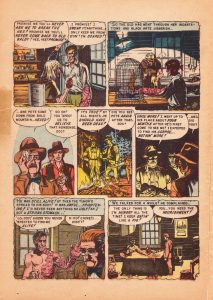
Graphic medicine does not have to be serious non-fiction. Comics like All New Wolverine Immune:Volume 4, or one of my all-time EC comic book favorites – Vault of Horror #27 “Strictly from Hunger” – explore big issues like epidemiology, care giver burn out, and cultural perceptions of incurable illness. Even entertaining comics can inspire reflection and exploration of our bodies, our culture, and our healthcare.
As readers and makers of graphic medicine we can: learn how to live more productive, informed, creative, healthier lives; develop compassion for those coping with chronic illness (including ourselves); share resources and experiences; and create community.
Comics are awesome!
Want more tips for keeping your drawing hand happy and healthy? Check out the Get a Grip archive!


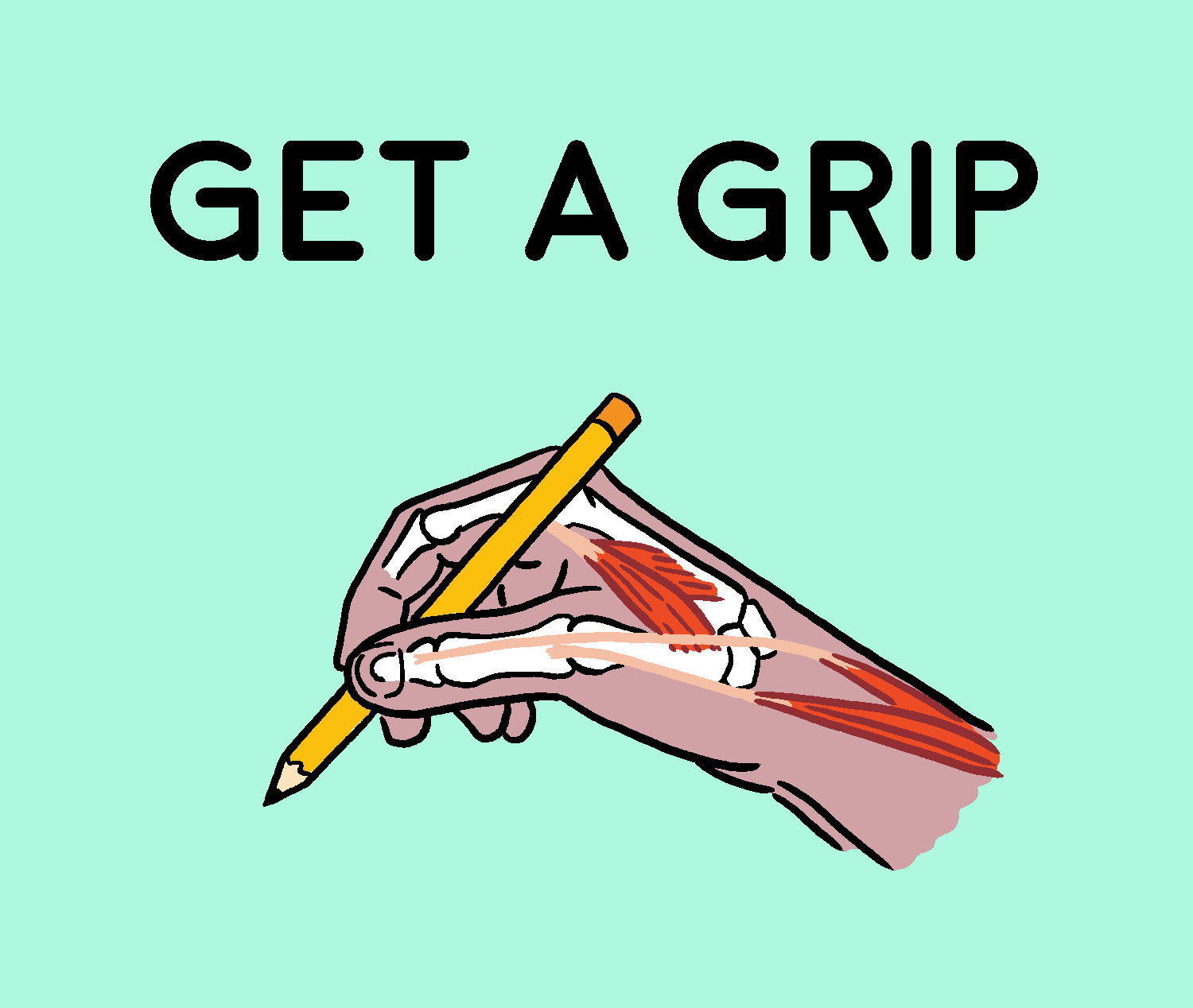
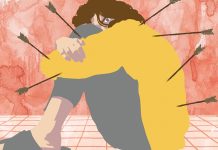





Comments are closed.